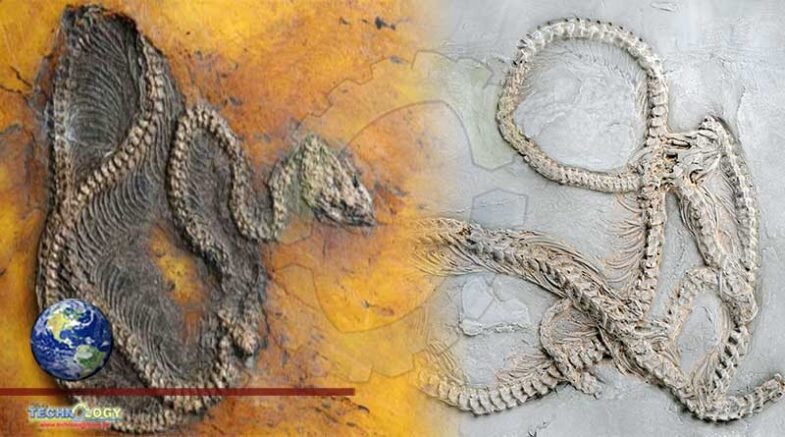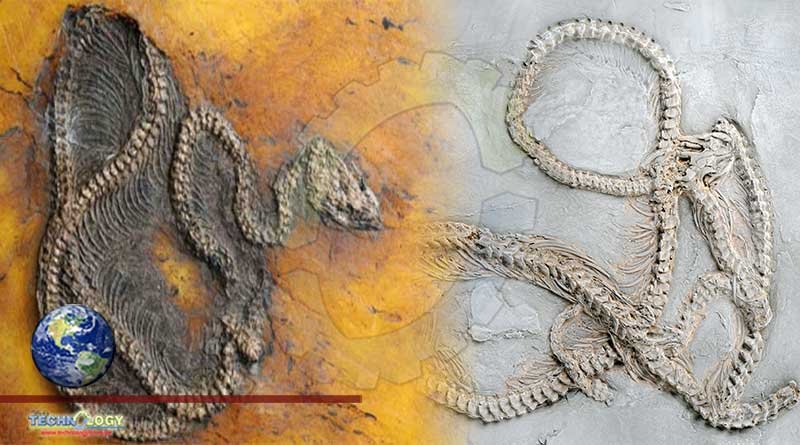In honor of paleontologist ‘Dino’ Frey of the State Museum of Natural History, the new python species Messelopython freyi has been named.

The root of strangler snakes is in Europe, fossils say.
Senckenberg scientist Krister Smith, together with his colleague Hussam Zaher of the University of São Paulo, identified the world’s oldest recorded fossils of a python.
The almost entirely preserved snakes, approximately one meter long, have been discovered in the Grube Messel World Heritage Site by UNESCO and are about 47 million years old.
In honor of paleontologist Eberhard ‘Dino’ Frey of the State Museum of Natural History in Karlsruhe, Germany, the new python species Messelopython freyi has been named.
The paper was published in the journal Biology Letters today.
Pythons are among the largest snakes in the world, with a length of more than six meters.
Africa, South and Southeast Asia, and Australia are now primarily indigenous to different species of these strangler snakes. It is still not clear the geographical roots of pythons.
Therefore, the discovery in the Messel Pit of a new python species is a significant step forward in understanding the evolutionary past of these snakes, states Dr. Krister Smith of the Frankfurt Senckenberg Research Institute and Natural History Museum.
Smith and his Brazilian colleague Dr. Hussam Zaher identified the new python species Messelopython freyi as the oldest known fossil record of a python in the world. These snakes were present in Europe as early as the Eocene period, more than 47 million years ago, according to our findings. Our analyses trace their evolutionary history back to Europe!”According to our findings, these snakes were present in Europe as early as the Eocene epoch, more than 47 million years ago. Our analyses trace their evolutionary history back to Europe!”Our analyses trace their evolutionary history back to Europe!
However, after that, the big constrictor snakes vanished for a long time from the European continent.
It was not until the Miocene that fossils of this snake family reappeared, 23 to 5 million years ago. “When the global climate began to cool again after the Miocene, pythons disappeared from Europe again,” Smith says.
Modern pythons live in absolute spatial isolation from their anatomically very close relatives, the boas, unlike the ancient python from Messel. However, both Messelopython freyi and primitive boas such as Eoconstrictor fischeri lived together in the same environment at Messel – so we have to revise the theory that these two groups of snakes competed with each other and could not therefore share the same habitats,”However, at Messel, both Messelopython freyi and primitive boas like Eoconstrictor fischeri lived together in the same ecosystem – so we have to revise the thesis that these two groups of snakes competed with each other and therefore could not share the same habitats,”
Originally published at Brinkwire
